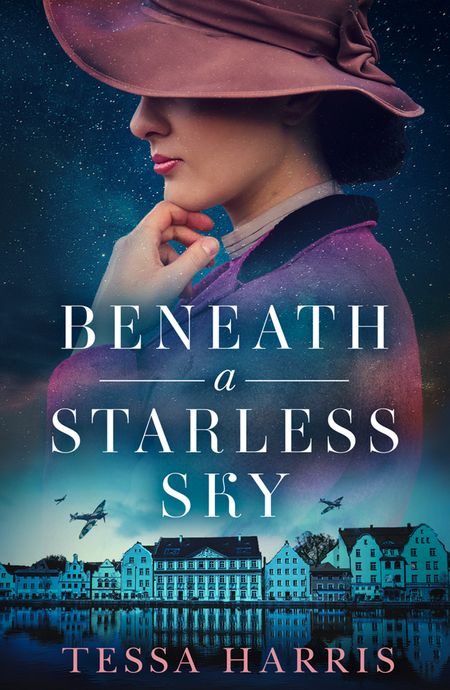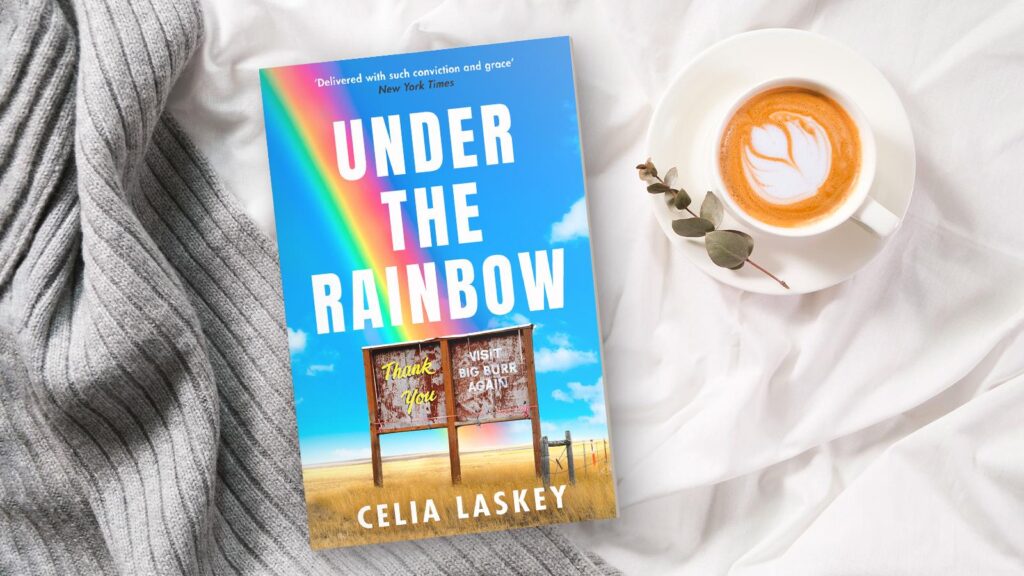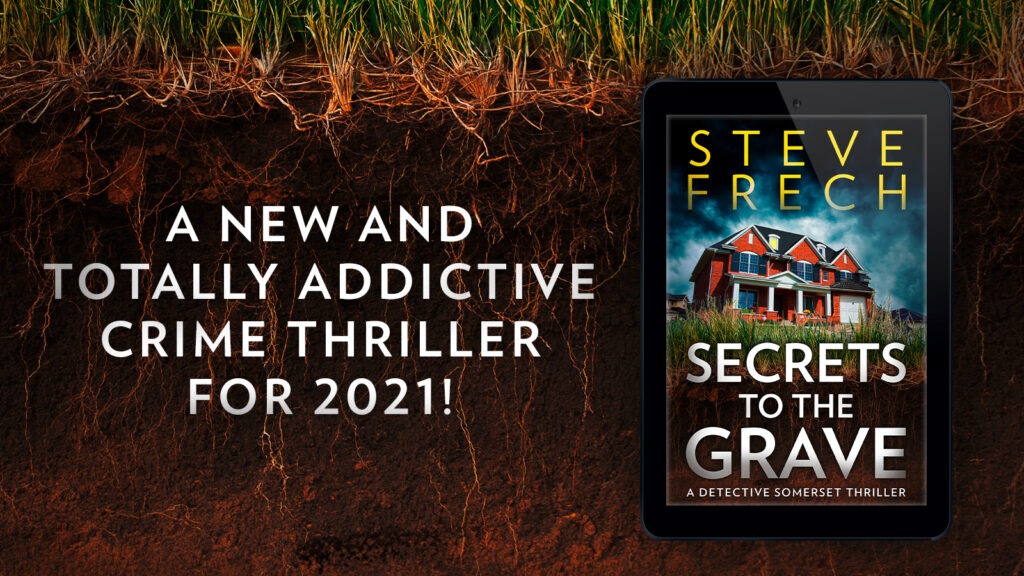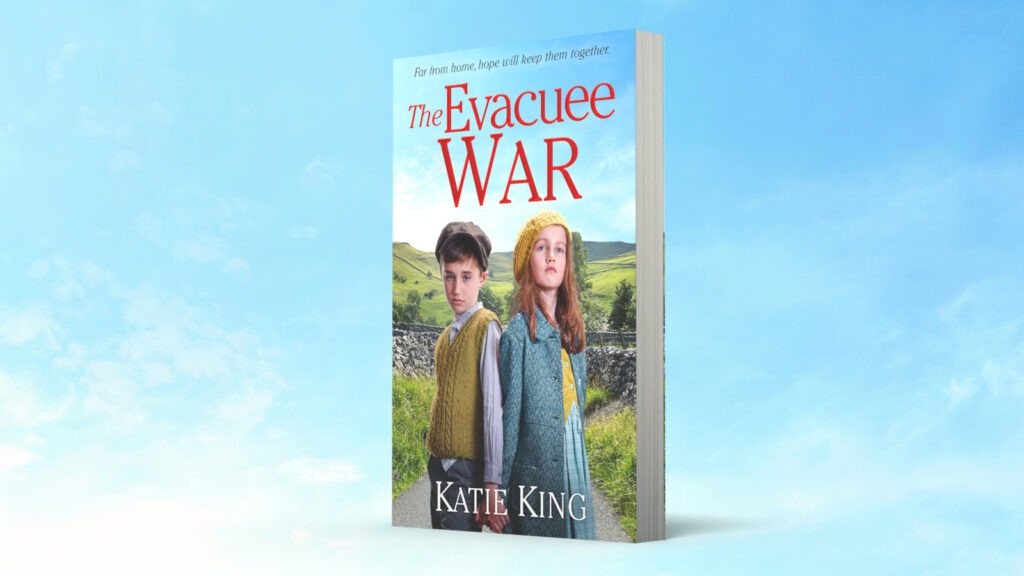As we come to the end of NaNoWriMo, you may be thinking of a new project or tips to help with the one you’re currently writing. Tessa Harris, author of Beneath a Starless Sky, is here to help! Here is her masterclass in writing historical fiction.
Writing Historical Fiction with Tessa Harris
Wow! What a year 2020 had turned out to be in so many unexpected ways. When historians look back at the Covid-19 pandemic will it rank alongside the Black Death that swept Europe in the mid-14th century or the Wall Street Crash of 1929 that triggered a series of events that turned the world upside down? Who knows right now.One thing is for sure – just like the first and second World Wars of the last century, this period in our history will spawn lots of fiction.
I’m passionate about history. Ever since I can remember I’ve always loved hearing stories about kings and queens, about castles and cottages. Basically anything that whisked me away into the past to show me how people lived long ago. I’ve always loved writing stories too. When I discovered in my teens that people actually wrote novels set in the past, there was no stopping me. And, as The Jungle Book author Rudyard Kipling once said: “If history were told in the form of stories it would never be forgotten.”
I’ve since written ten historical novels. Six set in the 18th century, three in the 19th and my latest, out next month, in the 1930s in the lead-up to World War 2. I also teach creative writing, including writing historical fiction. When HQ asked me to offer readers and writers some tips, I was thrilled to be able to share my thoughts.
-
Why the past?
It may sound obvious, but it’s no good wanting to write a story that would work just as well set in the present day and transplanted to the past. There must be a good reason why you’ve chosen your particular time frame. For example, is your idea set against the backdrop of a certain war, like Gone with the Wind, or a certain unique period in history? The Shardlake novels are based at the time of the Dissolution of the Monasteries, and wouldn’t work at any other period because lawyer Matthew Shardlake works on commission from Henry Vlll’s advisers. Similarly, in my Dr Thomas Silkstone mystery series, set in the 18th century, Dr Silkstone solves murders without the benefit of modern forensic techniques. How he pioneers techniques forms part of the story. Think of it this way: could Charles Dickens have written a Tale of Two Cities in 1920s Birmingham, or Kate Atkinson Transcription in the American Wild West?
-
Do your homework
It goes without saying you need to have a vague knowledge of your period before you write about it. And that means doing your homework. For some this is the best bit. It certainly doesn’t have to involve weeks locked away with old documents. I always visit the places I intend to write about just to get a feel for them. Walking around Windsor Great Park and seeing Fort Belvedere was one of my favourite pieces of research for my latest novel.
But, if you’ve never tackled historical fiction before, the prospect of research can be very daunting. My top tip is read as many novels set in the same period as you can. I know that when Hillary Mantel was writing Wolf Hall, she only read novels set during the Tudor era. It helps you inhabit your characters’ world. Best-selling histfic author Sarah Waters always reads factual research books twice; once to get a feel for period and then again for any details that she may use in her novel. The first read should be to absorb the flavour of the time and immerse yourself in it. Reserve your note taking for the second reading.
-
Don’t show off
Just because you’re a professor in Tudor history doesn’t mean you could’ve written Wolf Hall. Granted Phillipa Gregory came across a footnote on an ancient letter that led to her writing The Other Boleyn Girl, but you don’t always have to go to original sources and spend years in dusty libraries – as appealing that may be to some people -to be able to create the most wonderful histfic. If you really want to share all the fascinating knowledge you’ve come across in the course of your research, why not write a blog or even create a glossary of archaic words and terms – as I did in the back of my 18th century Dr Thomas Silkstone mystery series? The key is to weave your knowledge into your story like a golden thread through a tapestry. Use it lightly and appropriately. Don’t overwhelm your reader and always remember you’re writing a novel, not a textbook.
-
It’s a balancing act!
Don’t let the facts get in the way of a great story. On the other hand, if you get the basic facts wrong your story won’t ring true with the reader. It’s not easy to stick to historical fact without sometimes sacrificing the pace of the plot, or the twist at the end. It’s a bit like negotiating a minefield that’s already been swept. As long as you keep to the tried and tested path you’ll be safe. That’s to say if you stick to the basic facts, you should reach the end safely. But if you stray – beware! If you’re not blown to pieces by eagle-eyed critics, then there’ll still be readers out there keen to take pot shots at you. That brings me onto my final tip…
-
Author’s notes
In a recent Guardian interview, international best-selling author Bernard Cornwell admitted: “I do play merry hell with history at times, but I always admit to it.” Many authors sometimes tinker with timelines or twist the truth a little, but, unlike some Hollywood script writers, they come clean. If you do bend the facts, make sure you tell your readers what you’ve done in your
Author’s Notes at the front or back of your novel. These are invaluable because histfic is, for many people, the gateway to real history. Use them to explain and put right any ‘wrongs’ you’ve deliberately included. Don’t be accused of broadcasting fake news, when it’s so easy to tell your readers what really happened.
Finally, I like to think of writing historical fiction as painting by numbers. It’s the author’s job to fill in all the colour and the details that history hasn’t always recorded. I’ll leave you with another piece of wisdom from Bernard Cornwell. “If you are wanting to write historical fiction I always say, you are not an historian. If you want to tell the world about the Henrician reformation, then write a history book but if you want an exciting story, then become a storyteller. Telling the story is the key.”
Beneath A Starless Sky is out on December 9 in e-book. You can download it here.
Tessa also teaches on-line creative writing via Hawkwood College. For more information visit hawkwoodcollege.co.uk.
You can read the rest of the NaNoWriMo series, along with other writing tips on our blog here.




